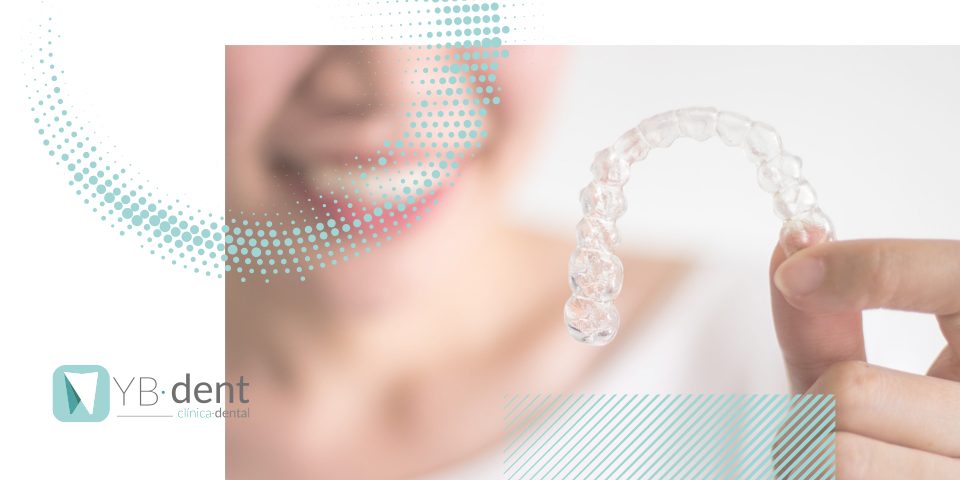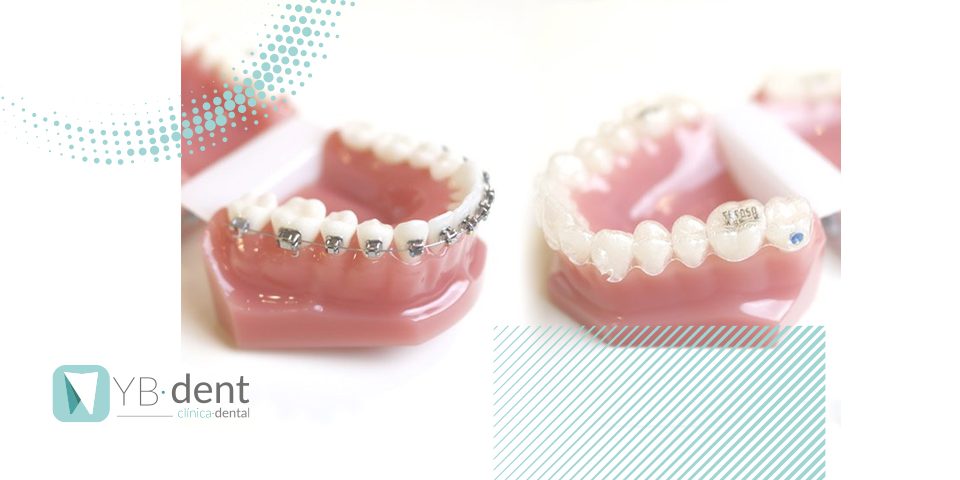¿Por qué es necesario hacerte una revisión dental cada 6 meses?

Uno de los problemas que tenemos las personas no familiarizadas con la salud bucodental es que pensamos que las revisiones al dentista son innecesarias si no padecemos algún tipo de dolor o problema. Pero es en esto donde reside realmente el problema, ya que es necesario hacer una revisión dental cada 6 meses.
Realizar esta visita periódica es fundamental para mantener una boca sana y unos dientes fuertes. Además, ayuda a prevenir cualquier tipo de patología que pueda aparecer debido a la dejadez y el paso del tiempo.
Por tanto, realizar una revisión dental cada 6 meses no ayudará a prevenir cualquier tratamiento que sea más complejo o caro.
Te preguntarás en qué se basan estas revisiones. Pues bien, principalmente se revisa:
- Se examinan las piezas dentales para detectar posibles caries.
- Salud periodontal (de las encías)
- Análisis del nivel de placa.
- Detección de algún tipo de problema bucodental que pueda desarrollar el paciente.
Es importante tener esto en cuenta porque no realizar una revisión dental cada 6 meses puede desencadenar muchas patologías bucodentales que se manifiestan cuando están ya muy avanzadas.
Gracias a las revisiones dentales cada 6 meses podemos llevar una buena salud bucodental, lo que es sinónimo de prevenir muchas enfermedades que pueden ser originadas por patologías de la boca.
¿Cómo se hace una revisión dental?
Aunque es uno de los servicios más rápidos y sencillos de realizar, se requiere seguir un procedimiento adecuado y muy marcado.
- Para empezar con el ultrasonidos se elimina la placa de la superficie de los dientes.
- Se pulirán los dientes con una pasta dentífrica especial.
- En el caso de que estén muy inflamadas las encías, se utilizará un gel antiinflamatorio para encías.
- Por último, se aplicará una fluorización.
¿Qué riesgos hay si no sigo una revisión cada 6 meses?
Los problemas más habituales que puede originar no hacerse una revisión dental cada 6 meses son el origen de caries, además de ser antiestético.
También el sarro es un factor bastante peligroso para nuestra salud, ya que nuestro sistema inmunitario detecta a estas bacterias como un cuerpo extraño y trata de combatirlas con inflamación y sangrado, lo que da lugar a la enfermedad periodontal.
Por otro lado, el sarro está asociado a un mayor riesgo de pérdida de piezas dentales o a enfermedades como la demencia, cardiovasculares o dificultades con la diabetes.
Para no padecer ningún tipo de enfermedad mencionada anteriormente es necesario seguir un cuidado bucodental, por eso es necesario hacerse una revisión dental cada 6 meses.
Aunque no solo sirve ir a la revisión dental, ya que como hábitos de nuestro día a día debemos cepillarnos los dientes después de cada comida y usar, al menos una vez al día, el hilo dental. Pero como bien hemos dicho, es necesario realizar cada 6 meses una revisión dental, ya que tan solo con estas dos acciones no es suficiente.
Así que no dejes pasar ni un día más y hazte tu revisión dental en nuestra clínica dental de Valencia. En YBdent contamos con la tecnología más avanzada, acompañada por un trato humano cercano con el que te sentirás como en casa.



